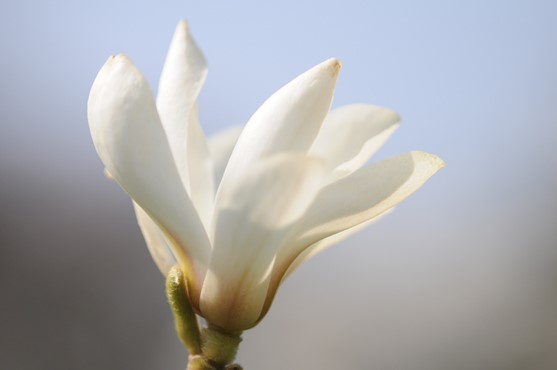Conservation of species
Worldwide, over 22.000 tree species are threatened with extinction (see: www.fauna-flora.org). That is more than 30% of the trees of our world.
A number of major world organisations such as BGCI (Botanic Gardens Conservation International), FFI (Fauna and Flora International) and IUCN (International Union for Conservation of Nature) take international initiatives to prevent species from becoming extinct. In order to reach this goal, they rely on a network of countries, governments, organisations and people.
Botanical gardens from all over the world are part of this network. Each one from its own angle and with its own specialisation. Arboretum Wespelaar contributes by planting many (threatened) shrubs and trees from wild origin. Scientists agree that this is important because it allows plants, which are threatened in their own natural habitat, to survive elsewhere, and for their genetic information to be preserved. This is called ex-situ conservation, or the conservation of species outside of their natural habitat. The priority of many conservation programs lies in in-situ protection (within the natural habitat of a certain species) and conservation but sometimes this is insufficient or not possible.
Our database shows in detail which plants are from wild origin. This can also be seen on the plant labels in the Arboretum: depending on the type of label, ‘WLD’ or ‘Wild Origin’ is mentioned.
Our collection of trees and shrubs includes many species which are listed as vulnerable up to critically endangered in the international IUCN Red List, as well as in recent BGCI Red Lists created especially for certain genera or families. The Red List gives information about threatened species and indirectly also about the state of biodiversity – the diversity of all living plants and animals on earth, as well as about their habitats and correlation.
The species are divided in various levels of threat criteria, ranging from 'not-threatened' to 'extinct'. The attached table contains those plants of Arboretum Wespelaar (only the Arboretum part) with a status going from 'vulnerable' to 'extinct in the wild'. In Arboretum Wespelaar, we have:
- 1 species in the category 'extinct in the wild': a taxon known to only survive in cultivation or as a naturalized population well outside of its past range (Franklinia alatamaha)
- 14 species in the category 'critically endangered': a taxon that meets any of the criteria for Critically Endangered and is therefore facing an extremely high risk of extinction in the wild. (for example: Torreya taxifolia, Magnolia zenii)
- 37 species in the category 'endangered': a taxon that meets any of the criteria for Endangered and is therefore considered to be facing a very high risk of extinction in the wild (for example: Fitzroya cupressoides, Picea martinezii)
- 79 species in the category 'vulnerable' : a taxon that meets any of the criteria for Vulnerable and is therefore considered to be facing a high risk of extinction in the wild (for example Davidia involucrata var. vilmoriniana, Pseudotsuga sinensis)
The risk of extinction of a species and the level of threat are determined by the speed at which the number of specimens decreases, by the rarity and dispersion of the species. These criteria are used on all species worldwide. Every year, we send our data to BGCI, who process them. This way, our plants and their information are available to scientists.
If you want to learn more about the red listed trees at Arboretum Wespelaar, we suggest you make this walk along a few red listed trees. The map will help you to locate these trees. All red listed trees at Arboretum Wespelaar are marked by a "Red List" label, attached to the base label of the tree. Only a few of our red listed trees are presented on this list.
